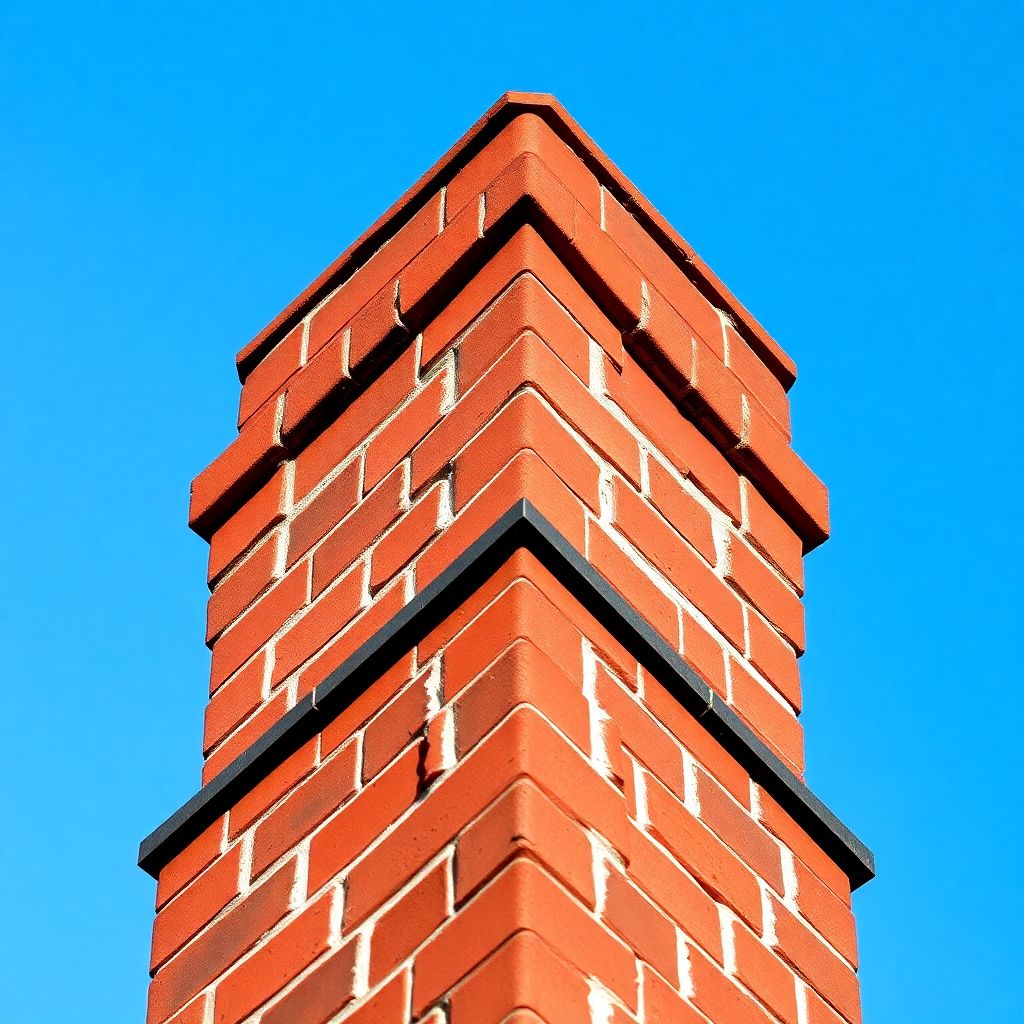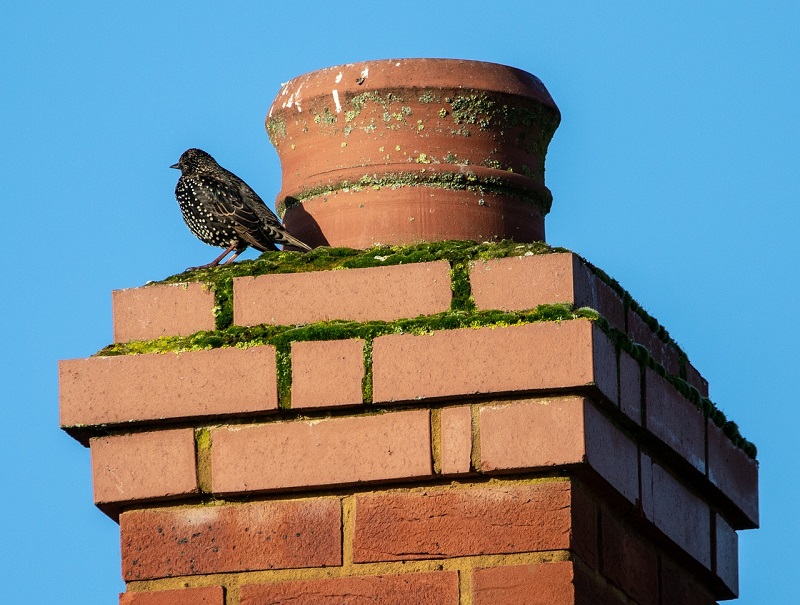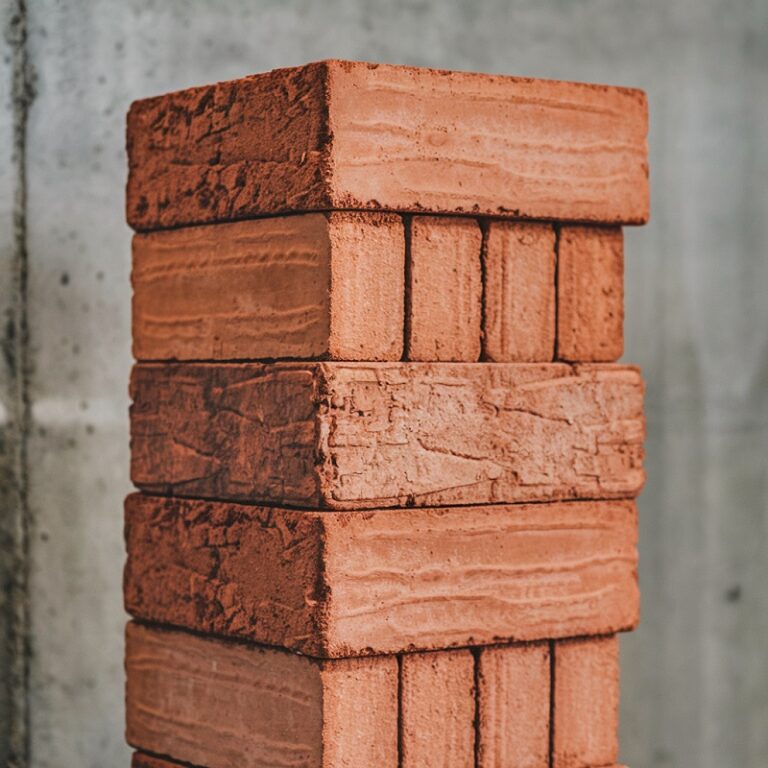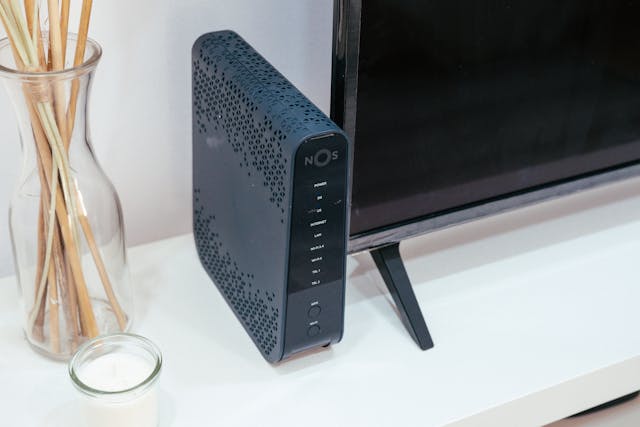Brick chimney is a favorite among many homeowners and for good reason. They are beautiful, strong and low maintenance. This article will explore why brick chimneys stand out from the rest and debunk some common myths.
Key Points
- Brick chimneys are classic and timeless. They look good on any home.
- They last for many years with proper care.
- They require less maintenance than others, which is convenient for homeowners.
- Brick chimneys are energy efficient and keep your home warm in winter.
- They are fireproof, an extra layer of safety for your family.
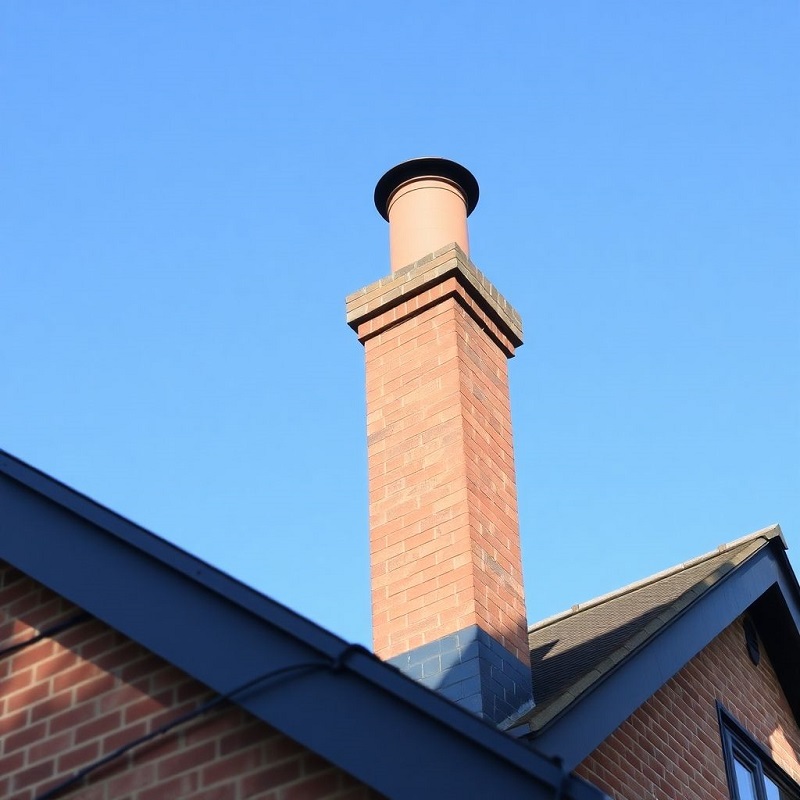
Why Brick Chimneys are so popular?
Aesthetic Appeal: The Classic Look
Brick chimneys are beautiful. They add a classic to any home and make it look more inviting. The colours and texture of the brick are warm and cosy.
Brick chimneys are common in areas where masonry is prevalent, especially in Europe and North America. Their architectural significance and history are deeply rooted in the development of fire-based heating systems and brick as a fireproof building material. The evolution of brick chimneys from simple square or rectangular shapes of early homes to more elaborate designs, like the twisting or multi-stack chimneys of Tudor and Elizabethan architecture, is a testament to their architectural value.
Learn more about brick dimensions and size
Europe
UK: Brick chimneys became popular during the Tudor period (16th century) when brickmaking was in full swing. Many historic homes and manors from the Tudor, Georgian and Victorian eras have large ornate brick chimneys highly prized for their craftsmanship.
Italy: In Italy, brick chimneys are common in the countryside and cities with brick architecture, like Venice. They are part of the traditional homes of Tuscany, where brick ovens and fireplaces are the norm.
Germany & Netherlands: Known for early brick masonry, these countries had brick chimneys in Renaissance and Baroque architecture on residential homes and castles.
North America
Northeastern US: Brick chimneys are part of colonial-style homes from the 17th and 18th centuries. They were common in cities like Boston, Philadelphia and Williamsburg, where brick was the primary building material.
Southern US: Many antebellum homes in the South have tall brick chimneys, often with large fireplaces. These homes reflect both European and early American architectural styles.
Canada: In Quebec and Ontario, brick chimneys are found in urban and rural areas, on heritage buildings and homes from the 18th and 19th centuries.
Architectural Value and History
- Fire Safety and Functionality: Brick chimney has always been loved for being fireproof, a safe and efficient way to vent smoke from homes with fireplaces or wood stoves, especially in areas with harsh winters.
- Aesthetic Appeal: Brick chimneys have become a design feature in many areas. European homes, especially Tudor and Georgian, had ornate brick chimneys that added to the home’s exterior. This carried over to colonial architecture in the US, where brick chimneys became a sign of grand houses.
- Cultural Value: In some areas, like the UK and the northeast US, brick chimneys are part of heritage. Many old homes keep their original brick chimneys in honor of the old craftsmanship and architecture.
- Design Evolution: Brick chimneys evolved from the simple square or rectangular shapes of early homes to more elaborate designs, like the twisting or multi-stack chimneys of Tudor and Elizabethan architecture.
Long Lasting
One of the most reassuring aspects of a brick chimney is its durability. These structures can withstand the elements and endure for decades. Homeowners can take comfort in the fact that a well-built brick chimney will stand the test of time, providing them with peace of mind. They offer more than just durability and functionality; they also come with extra safety features like spark arrestors and animal guards.
Low Maintenance: Less Work for You
Brick chimneys are remarkably low maintenance. With just a few inspections and cleanings a year, they’ll be good to go. This is a significant advantage for busy homeowners who want to enjoy their fireplace without too much hassle. Regular maintenance will keep them looking good and working well, allowing homeowners to relax and enjoy their homes.
Why Choose Brick
Energy Efficiency: Keep Your Home Warm
Brick chimneys are known for their thermal mass, which keeps homes warm in winter and cool in summer. This means they can save you money on your energy bills. A well-insulated brick chimney can greatly improve your home’s energy efficiency.
Fire Resistance: Safety First
One of the best things about brick is its fireproof qualities. Brick can withstand high temperatures. It’s a safe choice for chimneys. Less worry about fire hazards in your home. And it keeps the heat where it belongs—inside your home!
Style: Fits Any Home
Brick chimneys come in a wide variety of styles and colors, making them a versatile choice that can complement any home. Whether you have a modern or traditional home, a brick chimney will fit right in. Homeowners appreciate the ability to customize their chimneys to their taste, giving them a sense of control over their home’s design.
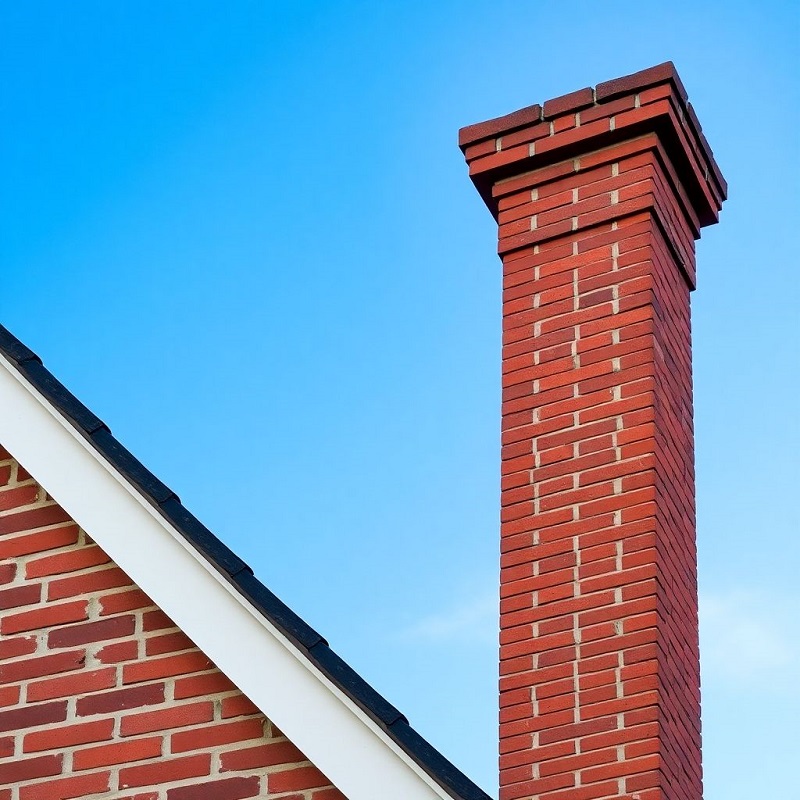
Common Myths About Brick Chimneys
They’re Too Heavy for My House
Many people think that brick chimneys are just too heavy for their homes. This is a common misconception! Most houses are built to support the weight of a brick chimney, especially if designed with it in mind. If you’re worried, consult a professional to ensure your home can handle it.
Brick Chimneys Are Hard to Repair
Another myth is that brick chimneys are challenging to fix. While they may require some specialized skills, repairs can be straightforward. Regular maintenance can help catch issues early, making repairs less daunting. Here are some everyday repair tasks:
- Repointing: Fixing the mortar between bricks.
- Flashing repair: Ensuring the area where the chimney meets the roof is sealed.
- Crown repair: Fixing the top of the chimney to prevent water damage.
All Brick Chimneys Are the Same
Not all brick chimneys are equal! There are different types of bricks and construction methods that can significantly affect the performance of your chimney. Some bricks are better insulators than others, and the construction method can impact the chimney’s durability and maintenance requirements. It’s important to choose the suitable materials and construction method for your situation to ensure the best performance and longevity of your chimney.
Knowing these myths will help homeowners make smart decisions about their chimneys. Don’t let myths hold you back from enjoying your brick chimney!
How to Take Care of Your Brick Chimney
Taking care of a brick chimney is crucial to keep it in good shape and to make it last long. Here are some tips to help homeowners maintain their chimneys.
Regular Inspections: Catch Issues Before They Get Worse
Regular inspections are the key to catching problems before they become more prominent. Homeowners should schedule annual appointments with a chimney sweep. This will help identify cracks or creosote buildup early on. By catching these problems early, you’ll save on repairs later.
Cleaning Tips: Keep It in Shape
Cleaning your chimney is just as important as inspecting it. Here are some simple cleaning tips:
- Clear away any debris or leaves around the chimney.
- Make sure the flue is free from blockages.
- Use a chimney brush to remove soot and creosote buildup.
These steps help keep the chimney working efficiently and safely.
When to Call a Professional: Know Your Limits
Sometimes, homeowners might need to call in the experts. If you notice any significant cracks or if the chimney is leaning, it’s time to get a professional involved. They can handle repairs that are too tricky or dangerous for a homeowner. Remember, simply sealing the bricks and the crown and adding a chimney cap will significantly extend your chimney’s life. The materials cost less than $300.
Comparison between Brick Chimney vs Metal Chimney vs Stone Chimney
| Feature | Brick Chimney | Metal Chimney | Stone Chimney |
| Durability | High | Medium | High |
| Maintenance | Low | Medium | Medium |
| Aesthetic Appeal | Classic | Modern | Rustic |
| Fire Resistance | Excellent | Good | Excellent |
Caring for a brick chimney means inspecting, cleaning, and knowing when to call a pro. Follow these tips and your chimneys will be safe and functional for years!
Wrapping Up: Why Brick Chimneys Are the Best
So there you have it! Brick chimneys are famous for a lot of reasons. They look great, fit any home style, and are super durable. Yes, they need some maintenance, but with a little TLC, they’ll last a long time. And they keep your home fire safe, which is a big deal. Going with brick is a no-brainer if you’re thinking of a chimney. That’s style and safety!
FAQ
What are the top reasons people choose brick chimneys?
Brick chimneys are popular because they look good, last long and are easy to care for.
How do brick chimneys compare to others?
Brick chimneys are stronger and more attractive than metal or concrete chimneys.
Are brick chimneys safe?
Yes, brick chimneys are safe and can withstand high temperatures without catching fire.
Do brick chimneys require a lot of maintenance?
Not really! They need some regular checks and cleaning but are low maintenance overall.
Can brick chimneys fit any style of home?
Yes! Brick chimneys can match many different home styles, making them so charming.
What are some common myths about brick chimneys?
Some people think they’re too heavy or hard to repair, but that’s not true!
How long do brick chimneys last?
With proper care, brick chimneys can last for decades.
When should I call a pro for my brick chimney?
Call a pro immediately if you see cracks, leaks or other issues.



